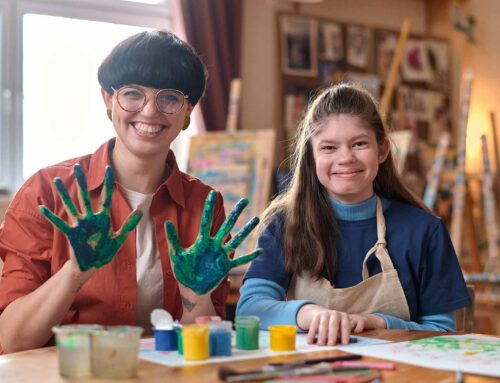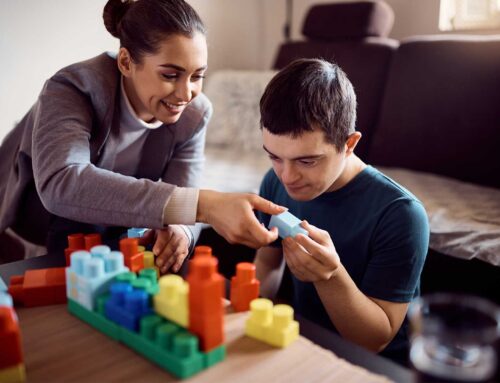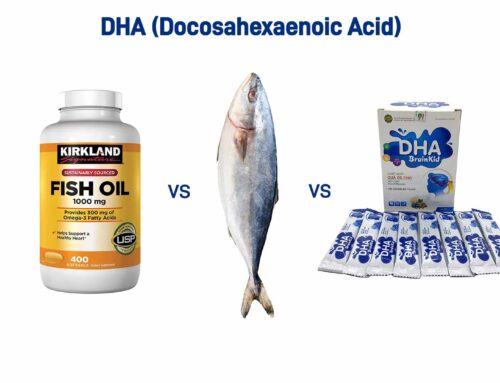Special education is a system of education that is designed to meet the needs of all students, including those with disabilities. Special education services can be provided in a variety of settings, including regular classrooms, special education classrooms, and separate schools.
What is a disability?
A disability is a physical or mental condition that limits a person’s ability to function in one or more areas of life. Disabilities can be congenital (present from birth) or acquired (developed later in life).
Types of disabilities
There are many different types of disabilities, which can be broadly categorized into the following groups:
- Learning disabilities: Learning disabilities are neurological disorders that affect the brain’s ability to receive, process, store, and respond to information. Common learning disabilities include dyslexia, dyscalculia, and dysgraphia.
- Developmental delays: Developmental delays are delays in reaching developmental milestones, such as walking, talking, or socializing. Developmental delays can be caused by a variety of factors, including premature birth, low birth weight, and genetic disorders.
- Behavioral disorders: Behavioral disorders are characterized by disruptive or aggressive behavior. Common behavioral disorders include attention deficit hyperactivity disorder (ADHD), autism spectrum disorder (ASD), and oppositional defiant disorder (ODD).
- Physical disabilities: Physical disabilities are limitations in physical function, such as mobility, hearing, or vision. Common physical disabilities include cerebral palsy, spina bifida, and muscular dystrophy.
- Intellectual disabilities: Intellectual disabilities are characterized by significant limitations in intellectual functioning and adaptive behavior.
Special education services
Special education services are designed to help students with disabilities reach their full potential. These services can include:
- Accommodations: Accommodations are changes to the learning environment or instruction that make it easier for students with disabilities to participate in and succeed in school. Examples of accommodations include providing extended time on tests, allowing students to use assistive technology, and modifying assignments.
- Modifications: Modifications are changes to the curriculum or instruction that make it easier for students with disabilities to access and learn the material. Examples of modifications include providing students with graphic organizers, breaking down complex tasks into smaller steps, and offering different ways for students to demonstrate their learning.
- Related services: Related services are services that are necessary for students with disabilities to benefit from special education. Examples of related services include speech therapy, occupational therapy, and physical therapy.
Individualized education programs (IEPs)
An individualized education program (IEP) is a written plan that describes the special education services and supports that a student with a disability will receive. IEPs are developed by a team of people that includes the student’s parents or guardians, teachers, and other professionals.
Individuals with Disabilities Education Act (IDEA)
The Individuals with Disabilities Education Act (IDEA) is a federal law that guarantees a free and appropriate public education to all students with disabilities. IDEA also requires schools to provide IEPs to all students with disabilities.
Inclusive education
Inclusive education is a philosophy of education that holds that all students, regardless of their abilities, should learn together in regular classrooms. Inclusive education benefits all students, including those with disabilities.
Early intervention
Early intervention is a set of services and supports that are provided to young children with disabilities and their families. Early intervention services can help children with disabilities reach their full potential and develop the skills they need to succeed in school and in life.
Tips for parents and educators
Here are some tips for parents and educators of students with disabilities:
- Be an advocate for your child: It is important to be an advocate for your child and to make sure that they are receiving the services and supports that they need.
- Work with the school team: The school team is a group of people who work together to develop and implement your child’s IEP. It is important to work closely with the school team to ensure that your child’s needs are being met.
- Communicate with your child: It is important to communicate with your child about their disability and their IEP. Help them to understand their rights and to advocate for themselves.
- Celebrate your child’s successes: It is important to celebrate your child’s successes, both big and small. This will help them to build confidence and to feel good about themselves.
Special education is a vital part of the education system. It provides students with disabilities with the services and supports they need to reach their full potential. Parents and educators can play a vital role in ensuring that students with disabilities receive the education they deserve.





